Vegetal Extracts - Vegetal Oils
Drawing on our herbal expertise, we ensure that we offer you a wide range of standardized plant extracts that meet both the strictest quality requirements and your requirements in terms of availability and cost.
We take the utmost care in selecting committed partners who share our ambition.
The quality of a standardized plant extract depends on several factors, including:
1. The source of the plant: The quality of the extract depends on the plant or part of the plant from which it is extracted. High-quality plants, grown under appropriate conditions and free of contaminants, are essential for obtaining a quality extract.
This is why we secure the commitments manufacturers make with their growing partners.
2. Extraction method: The extraction method used can influence the quality of the extract. Appropriate extraction techniques should be used to preserve the active compounds of the plant and minimize degradation.
3. Standardization: Standardization ensures that the extract contains a specific concentration of the active compounds of interest. Accurate standardization is crucial to ensure extract quality and efficacy.
4. Purification and quality control: The purification process and quality control testing are necessary to remove contaminants and ensure the purity of the extract.
5. Storage and transport conditions: Storage and transport conditions can affect the stability of the extract and its shelf life. It is essential to store and transport herbal extracts properly to preserve their quality.
6. Analysis and Certification: Analytical testing and regular certification by third-party organizations can help ensure the quality, authenticity and safety of standardized plant extracts.

ACEROLA
Malpighia glabra
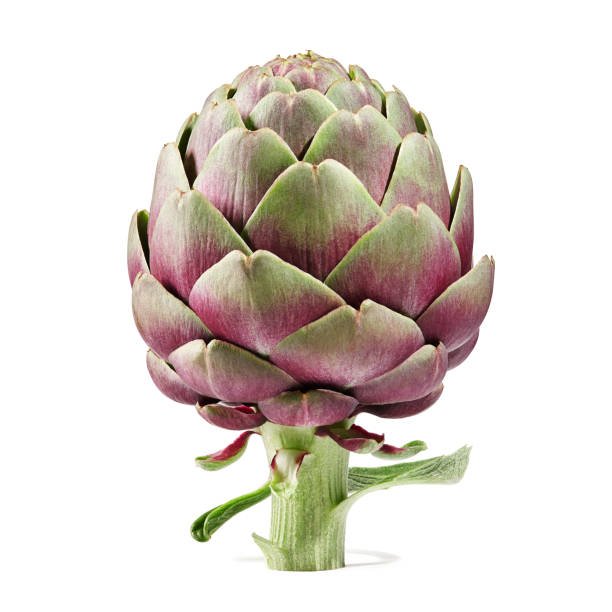
ARTICHOKE
Cynara scolymus L.

ASHOK
Poor Asoka
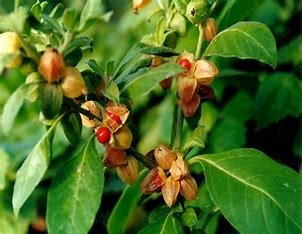
ASHWANGANDA
Withania somnifera
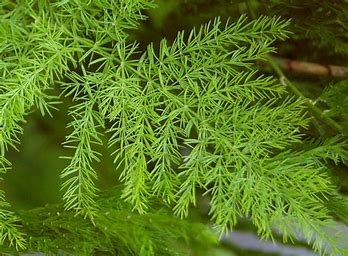
SHATAVARI
Asparagus racemosus
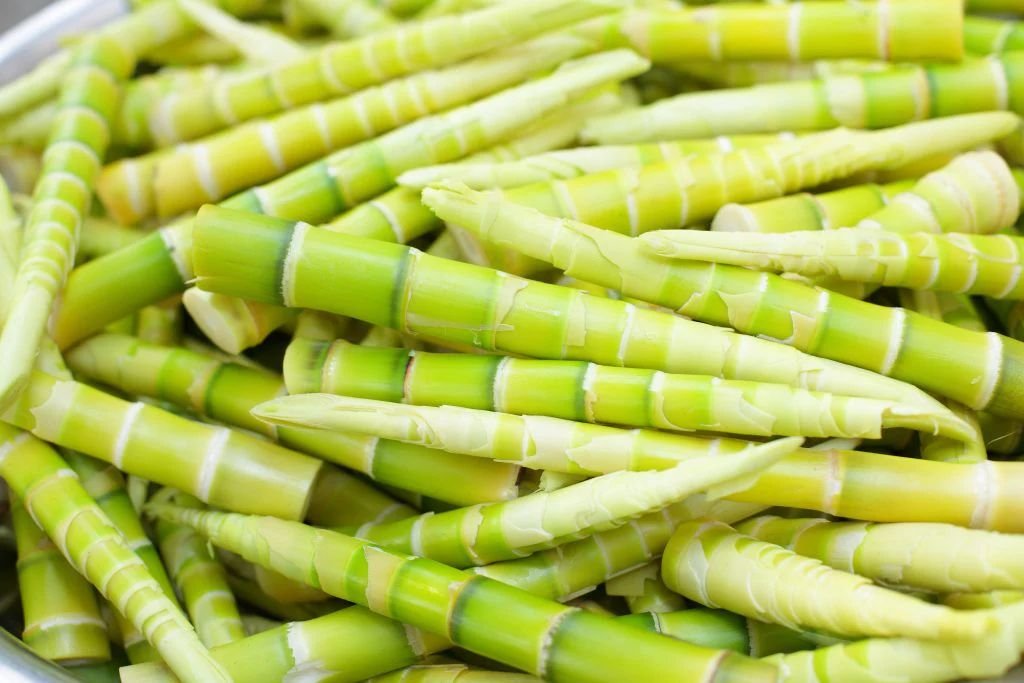
BAMBOO
Bambusa arundinacea
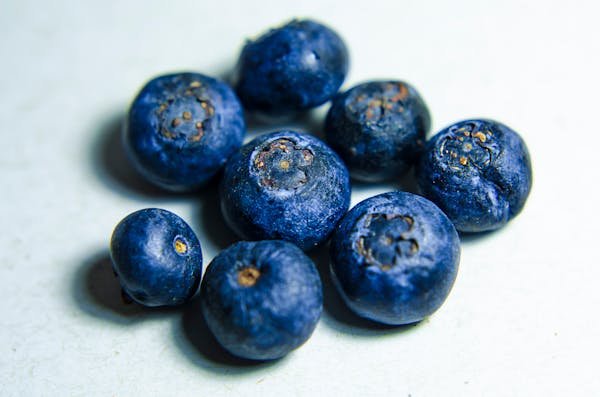
CRANBERRIES
Vaccinium myrtilhus
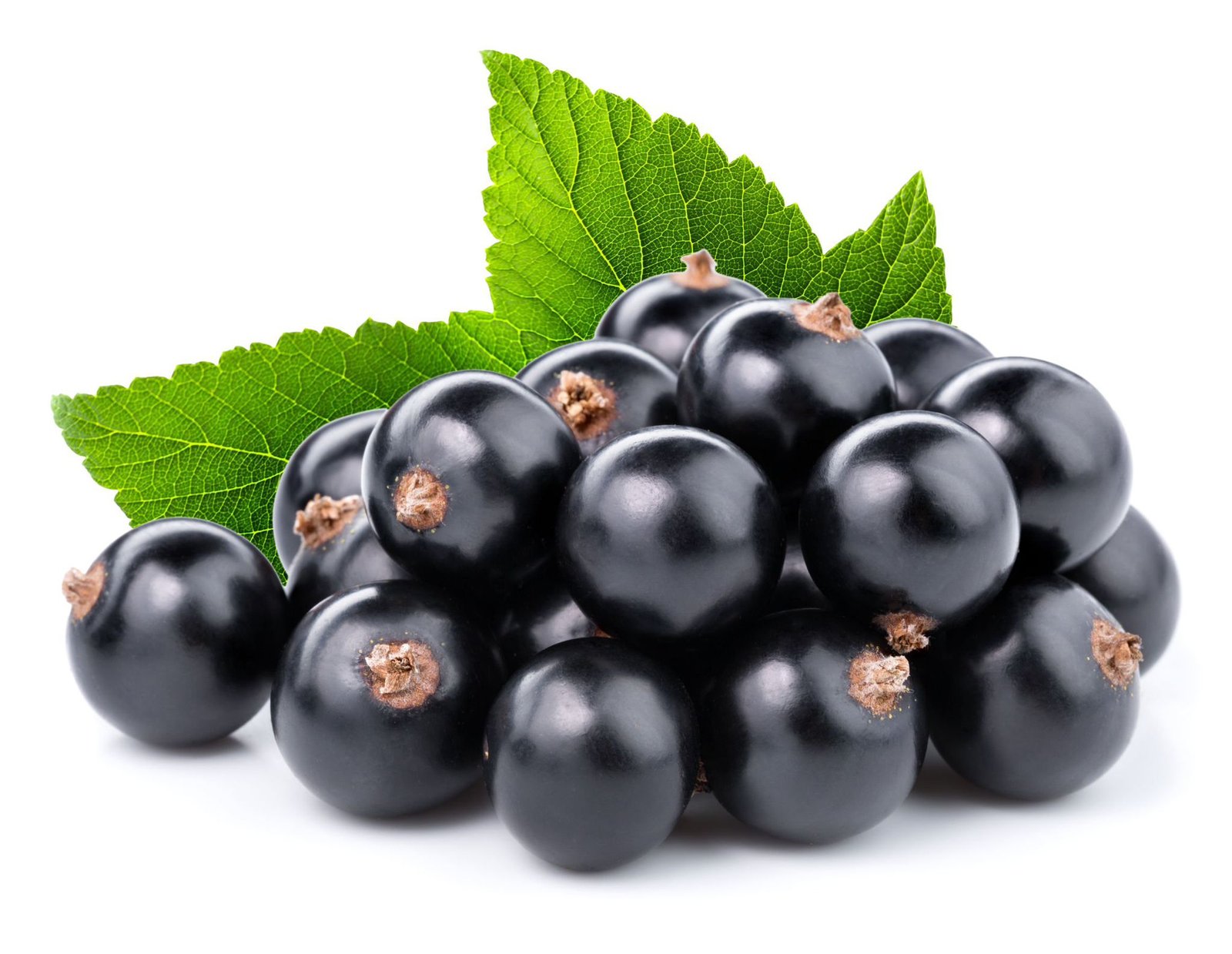
BLUEBERRIES
Ribes nigrum

BORJA
Borago officinalis

Boswell
Boswellia serrata

CASSIA FISTULA
Cassia fistula
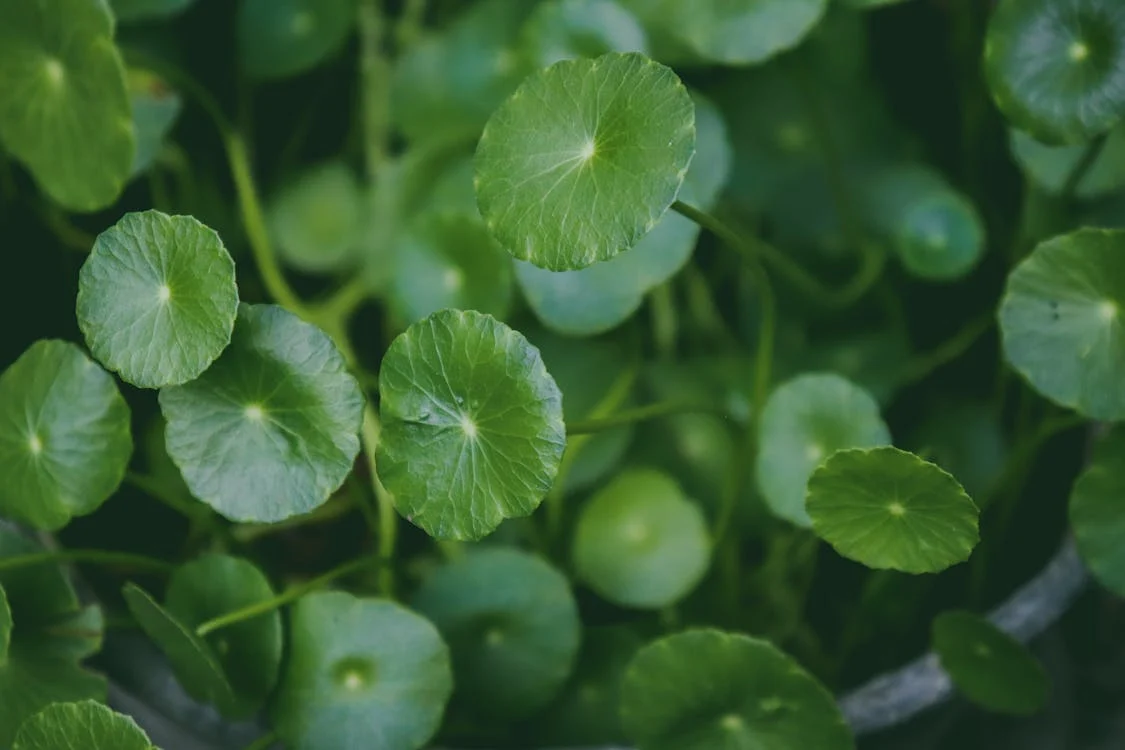
CENTELLA ASIATICA
Centella asiatica
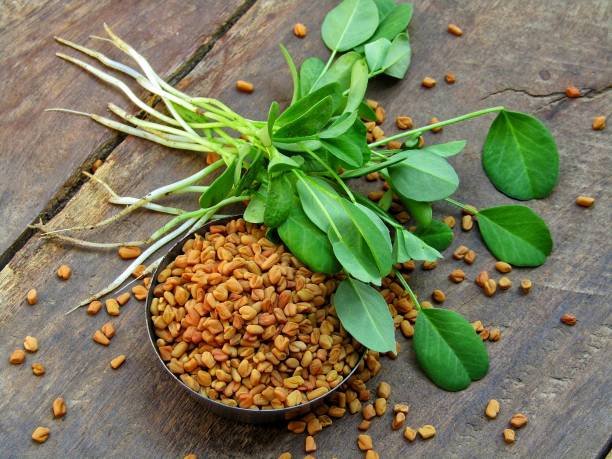
FENUGREEK
Trigonella foenum graecum
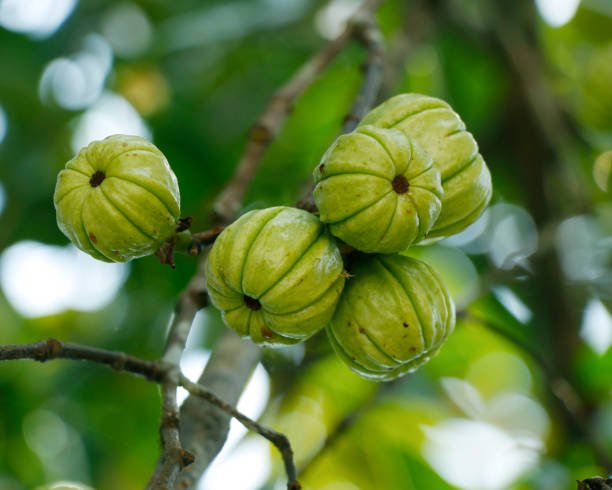
GARCINIA CAMBODIA
Garcinia cambogia
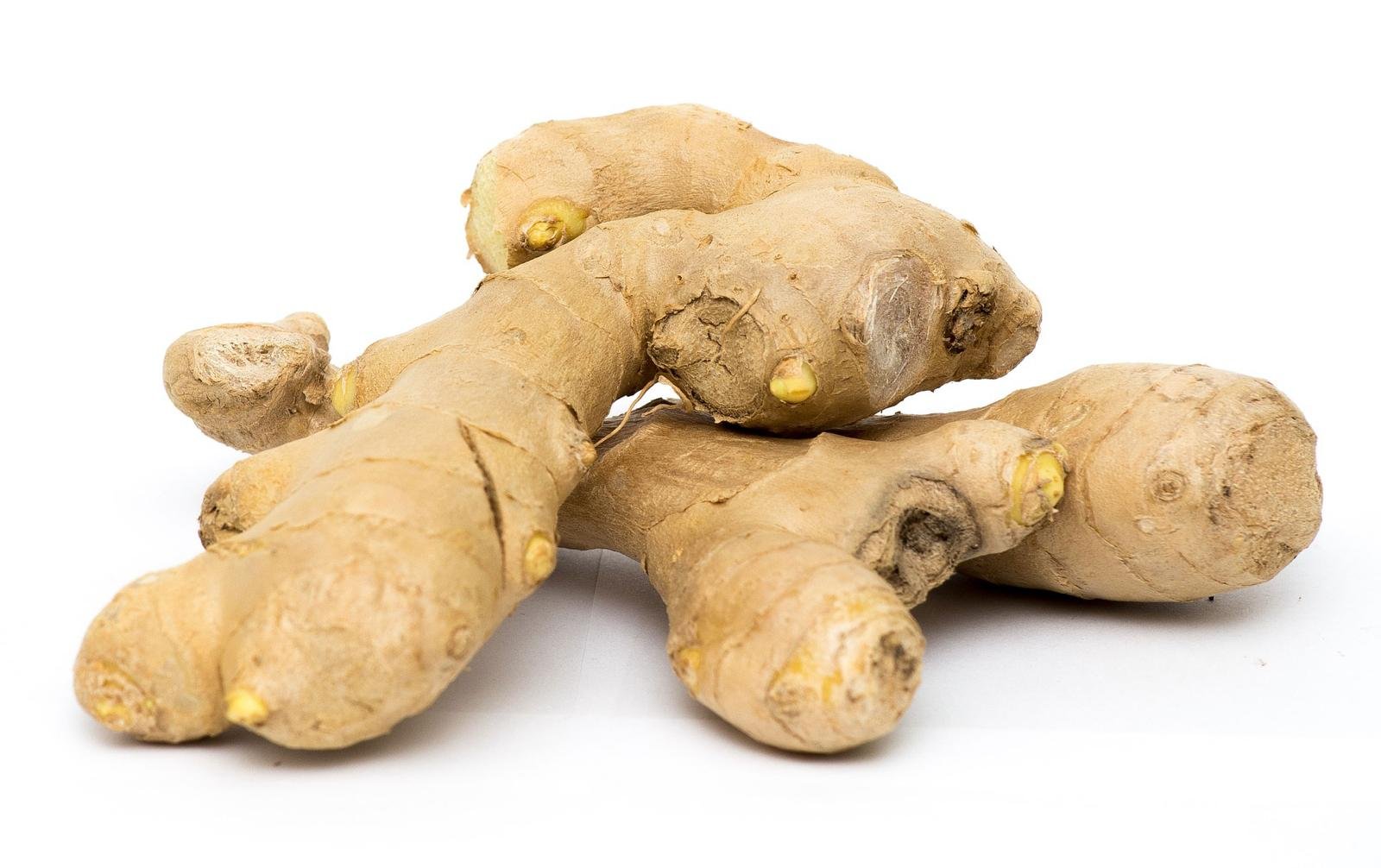
GINGER
Zingiber officinalis
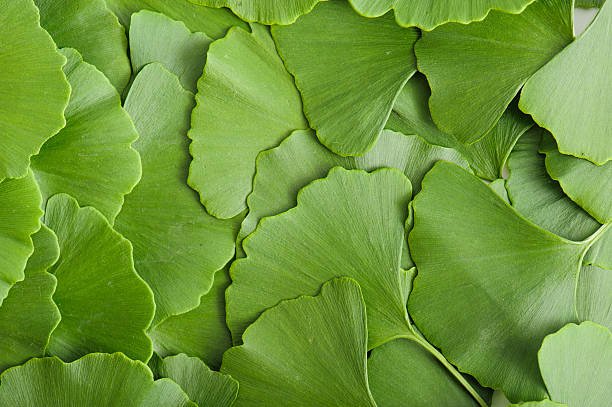
GINKGO BILOBA
Ginkgo biloba L
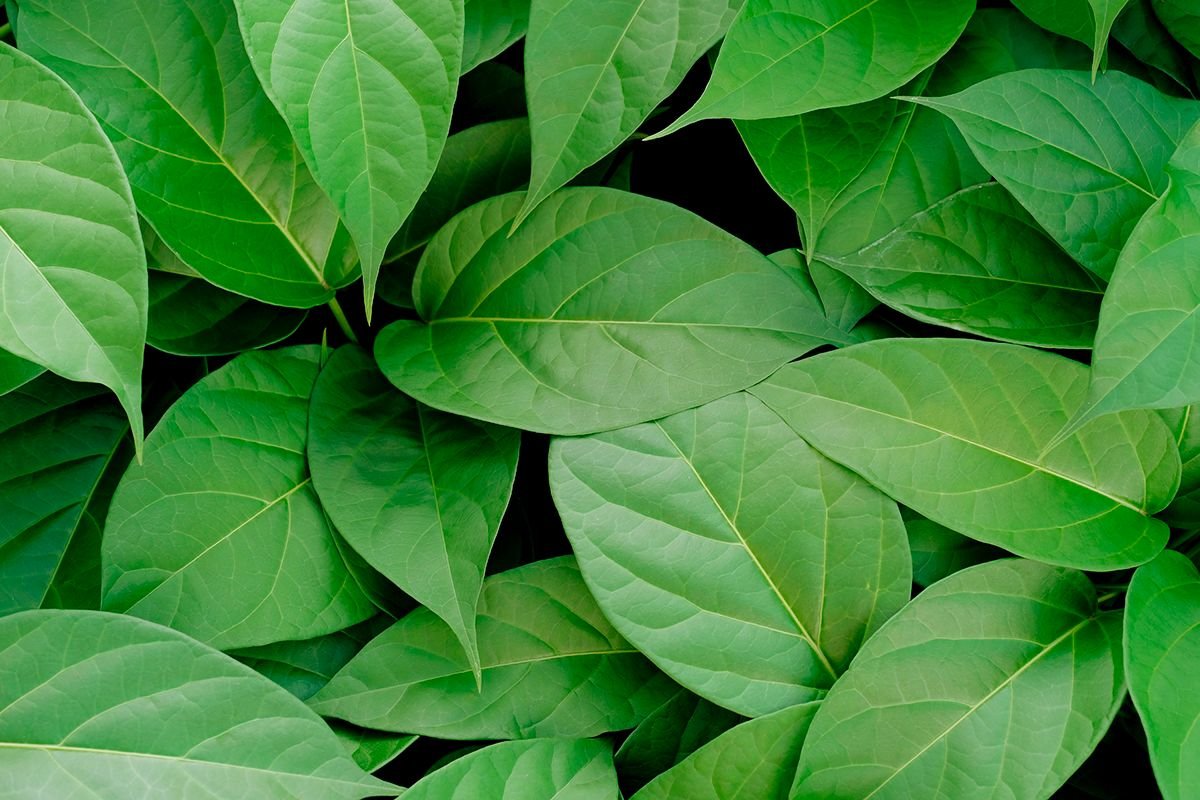
GYMNEMA
Gymnema sylvestre
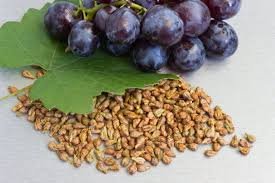
GRAPE SEED EXTRACT
Vitis vinifera

GREEN TEA
Camellia sinensis

HIBISCUS
Hibiscus sabdariffa

LIQUORICE
Glycyrrhiza glabra L

LUTEIN
Tagates erecta

LUTEIN ESTER
Tagates erecta

LYCOPENE
Solanum lycopersicum

TURMERIC
Curcuma longa
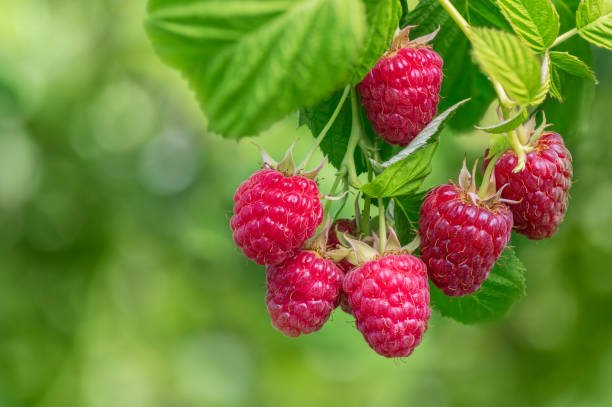
RASPBERRY
Rubus idaeus L.

RESVERATROL
Polygonum cuspidatum

ROSEMARY
Salvia rosmarinus
| Name | Analysis method | Benefits | |
|---|---|---|---|
 | Dry Extract of Acerola (fruit) 5% Vitamin C Dry Extract of Acerola (fruit) 17% Vitamin C Dry Extract of Acerola (fruit) 25% Vitamin C | HPLC | Antioxidant |
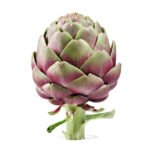 | Artichoke dry extract (leaf) 5% Cinnarine | UV | Joint health |
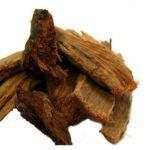 | Ashok extract (root) | ||
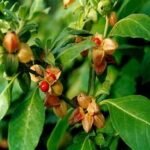 | Ashwagandha Extract (Gum) 2.5% Withanolides Ashwagandha Extract (Gum) 5% Withanolides | HPLC | Immunity, memory, stress |
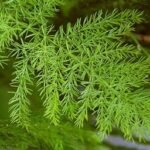 | Dry extract of Shatavari (...) 50% saponins | UV | Women's health |
 | Dried bamboo extract (shoots) 50% saponins | UV | Joint health |
 | Dried blueberry extract (fruit) 25% anthocyanins | UV | Eye comfort |
 | Dry blackcurrant extract (fruit) 25% anthocyanins | UV | Immunity, antioxidant |
 | Borage oil (rich in fatty acids) | Internal | Revitalizing and protecting the skin, Anti-aging |
 | Boswellia serrata extract (gum) 10% boswellic acid Boswellia serrata extract (gum) 30% boswellic acid Boswellia serrata extract (gum) 60% boswellic acid Boswellia serrata extract (gum) 90% boswellic acid | HPLC | Joint health, Anti-inflammatory |
 | Dry extract of Cassia fistula (Cassia fistula) | ||
 | Dry extract of Centella asiatica (leaf) 10% asiaticosides Dry extract of Centella asiatica (leaf) 20% total triterpenes Dry extract of Centella asiatica (leaf) 45% total triterpenes | HPLC | Support for cognitive functions, circulatory stimulator |
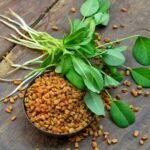 | Dry extract of fenugreek (seeds) 50% saponins | Gravimetry | Maintaining blood sugar |
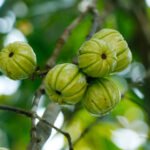 | Dry extract of Garcinia cambogia (fruit) hydroxycitric acid 60%. | HPLC | Supports cognitive functions, promotes blood circulation |
 | Dry ginger extract (root) 5% gingerol Dry ginger extract (root) 10% gingerol Dry ginger extract (root) 20% gingerol | HPLC | Anti-inflammatory, support for digestive transit |
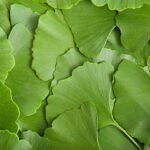 | Dry extract of Ginkgo biloba (leaf) 24% flavonoids | HPLC | Promotes blood circulation |
 | Dry extract of Gymnema (leaf) 25% gymnemic acid Dry extract of Gymnema (leaf) 75% gymnemic acid | Gravimetry | Maintaining blood sugar |
 | Dried grape seed extract (seed) 95% proanthocyanidins | HPLC | It helps protect cells from oxidative stress Contributes to optimal vision Promotes normal venous circulation |
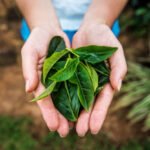 | Dry green tea extract (leaves) 70% catechins 50% EGCG 95% polyphenols | HPLC, HPLC, UV | It helps to protect cells against oxidative stress |
 | Hibiscus dry extract (flower) 1% flavonoids | HPLC | Prevention of urinary tract infections |
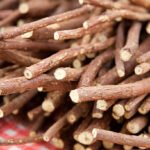 | Licorice dry extract (root) 10% glycyrrhizic acid Licorice dry extract (root) 20% glycyrrhizic acid Licorice dry extract (root) 40% glycyrrhizic acid | HPLC | Anti-inflammatory, expectorant, fight against digestive disorders |
 | Lutein (flower) 10% lutein | HPLC | Promotes and helps maintain eye health |
 | Lutein Ester (Flower) 10% Lutein Ester | HPLC | Promotes and helps maintain eye health |
 | Lycopene powder (fruit) 5% lycopene | UV | Antioxidant, brain health, skin protection |
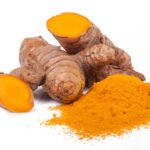 | Dry extract of Curcuma longa (root) 10% curcuminoides Dry extract of Curcuma longa (root) 40% curcuminoides Dry extract of Curcuma longa (root) 95% curcuminoides | HPLC | Anti-inflammatory, antioxidant |
 | Dried raspberry extract (leaf) | Soothes sore throats | |
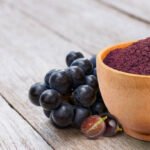 | Resveratrol (root) 99% resveratrol trans | HPLC | Cardiovascular health |
 | Dry extract of rosemary (leaves) 2% carnosic acid Dry extract of rosemary (leaves) 10% carnosic acid Dry extract of rosemary (leaves) 20% carnosic acid Dry extract of rosemary (leaves) 60% carnosic acid | HPLC | Facilitates digestion |
Support yourself in your eco-responsible approach
The challenges of the 21st century for the protection of the environment and humanity in general, as well as the competitiveness of the globalized market require disruptive innovations rather than simple continuity. One solution would be a new "green plant chemistry" based on plants as feedstock, with both economic and responsible values.
The field of extraction is not immune to this evolution and has entered its revolution or its "green" evolution, making a shift towards the notion of eco-extraction.
Plant eco-extraction is a method that aims to extract useful compounds from plants in an environmentally friendly way. This approach is part of sustainable development by minimizing negative impacts on ecosystems and using environmentally responsible methods. Here are some key aspects of plant eco-extraction:

4. Selection of sustainable plants: Eco-extraction also encourages the selection of plants that are sustainably grown, i.e. plants that grow naturally under specific conditions without requiring excessive use of water or soil.
5. Conservation of biodiversity: When harvesting plants, practices that respect biodiversity are implemented to minimize the impact on local ecosystems.
6. Eco-certifications: Some eco-mining products can be eco-certified, ensuring that they meet strict standards of sustainability and low environmental impact.
Eco-extraction of plants is often used in the pharmaceutical, cosmetic and food industries to obtain natural plant extracts rich in beneficial compounds. This approach helps meet the growing demand for organic products while exploiting plant resources responsibly.

1. Choice of solvents: The use of ecological solvents is at the heart of ecological extraction. Solvents such as water, supercritical carbon dioxide and green solvents, which are usually of plant origin, are preferred. This reduces risks to human health and minimizes negative effects on the environment.
2. Waste reduction: Eco-mining aims to minimize waste production. This can be achieved by optimizing processes to maximize extraction yield and by recycling solvents whenever possible.
3. Use of sustainable technologies: Eco-extraction methods often incorporate sustainable technologies, such as using solar or other renewable energy sources to power the extraction processes.

- Start Order
